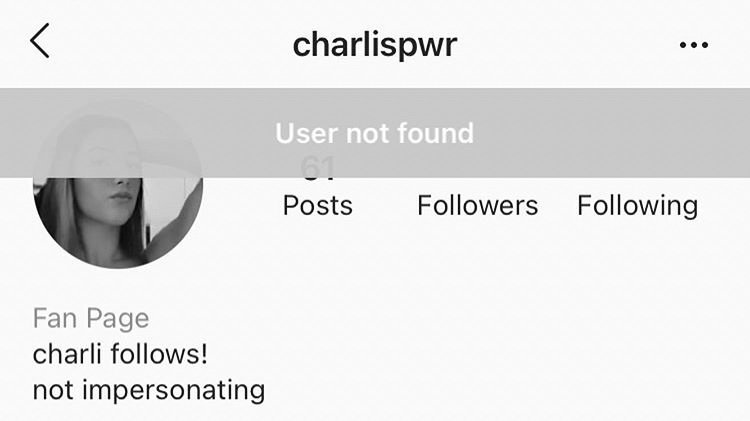Many WhatsApp users have experienced the inconvenience of not receiving messages until the app is opened.
This issue could be related to several factors, including device settings, app permissions, or network connectivity.
I have noticed that ensuring notifications are enabled and properly set up within the app and phone settings is essential for WhatsApp to function as expected.
I have also found that battery optimization features or restrictive data settings on a smartphone can prevent WhatsApp from refreshing in the background.
If such settings are too aggressive, it can lead to a delay in receiving messages until the app is manually opened and a refresh is forced.
Therefore, it’s important to check that WhatsApp has the necessary permissions to operate in the background.
Why Am I Not Receiving WhatsApp Messages Unless I Open the App?

When experiencing delays in notifications or not receiving WhatsApp messages unless I open the app, I consider a few settings that are often responsible for such issues.
1. App Permission Settings
First, I ensure that WhatsApp has the necessary permissions to deliver notifications promptly. On Android devices, I go to Settings > Apps & notifications > Advanced > App permissions > WhatsApp to verify this.
- Check Notifications: Ensure they are enabled.
- Allow on Lockscreen: Confirm this option is active.
On iOS devices, I navigate to Settings > Notifications > WhatsApp and:
- Activate Allow Notifications,
- Set Lock Screen, Notification Center, and Banners as visible.
2. Battery Optimization Settings
Battery optimization often hinders WhatsApp’s ability to deliver notifications when not actively in use. To disable this feature for WhatsApp, I:
On Android:
- Open Settings > Apps > WhatsApp > Battery.
- Set Battery Optimization to Don’t optimize.
On iOS, I don’t have to worry about this, as iOS doesn’t include a battery optimization feature that affects notifications in the same way.
3. Data Usage Settings
To prevent issues related to data restriction, I check the data usage settings:
- Android: Settings > Data usage > Data saver and ensure that it is not restricting background data for WhatsApp.
- iOS: Settings > Cellular > WhatsApp and ensure that the toggle for WhatsApp is on.
4. Check for WhatsApp Updates
Outdated versions of applications can lead to performance problems. I always make sure my WhatsApp is updated to the latest version:
- Visit Google Play Store or Apple App Store,
- Search for WhatsApp,
- Click on Update if available.
Keeping the app updated ensures that any bugs affecting notifications have likely been fixed.
5. Force Stop and Restart WhatsApp
To address any temporary glitches causing WhatsApp to malfunction, I follow these steps:
- On my device, I navigate to Settings.
- I scroll down to Apps or Application Manager.
- I locate and select WhatsApp from the list of apps.
- I tap on Force Stop.
- I confirm to halt the app’s operations.
After performing these actions, I reopen WhatsApp to check if messages arrive promptly.
6. Reinstall WhatsApp
If the previous method doesn’t resolve the issue, I proceed with reinstalling WhatsApp:
- I back up my chats to avoid data loss, accessible through WhatsApp Settings > Chats > Chat Backup.
- I uninstall WhatsApp by pressing and holding the app icon and selecting Uninstall.
- I visit the Google Play Store or App Store and reinstall WhatsApp.
- After installation, I follow the on-screen instructions to set up and restore my chat history.
By following these steps, I often eliminate any persistent anomalies causing message delivery problems in the WhatsApp application.
Frequently Asked Questions
In addressing common concerns about WhatsApp message delivery, I’ll explore various reasons why notifications might not be functioning as expected and provide targeted solutions for both iPhone and Android devices.
What could be preventing my iPhone from getting WhatsApp notifications until I open the app?
On my iPhone, Do Not Disturb mode or Low Power Mode might impede real-time notifications. Ensuring that these settings are adjusted appropriately can restore timely WhatsApp alerts.
How can I fix delayed WhatsApp message delivery on my Android device?
For Android, ensuring that WhatsApp is not being put to sleep in the background by any battery optimization settings is crucial. I may need to adjust these in the device’s settings to receive messages promptly.
Why don’t WhatsApp messages arrive in real-time on my Samsung phone?
My Samsung phone may have device-specific optimizations that prevent apps from running in the background. Checking for any such settings, particularly in the Device Care section, may resolve the issue.
Is there a reason why WhatsApp calls and messages only come in once the app is opened?
This could be due to restrictions in app activity in the background. Verifying that WhatsApp has the proper permissions to run in the background and is not restricted can solve this problem.
What settings should I check if my WhatsApp notifications are enabled but not working?
I should confirm that all notification permissions for WhatsApp are enabled. It’s also advisable to ensure that the app’s notifications are not muted, and the phone’s notification settings do not conflict with the app.
Why might WhatsApp not be running in the background properly on my iOS device?
On my iOS device, restrictions such as Background App Refresh being disabled can affect WhatsApp’s functionality. I need to ensure this setting is enabled to allow WhatsApp to run in the background efficiently.





